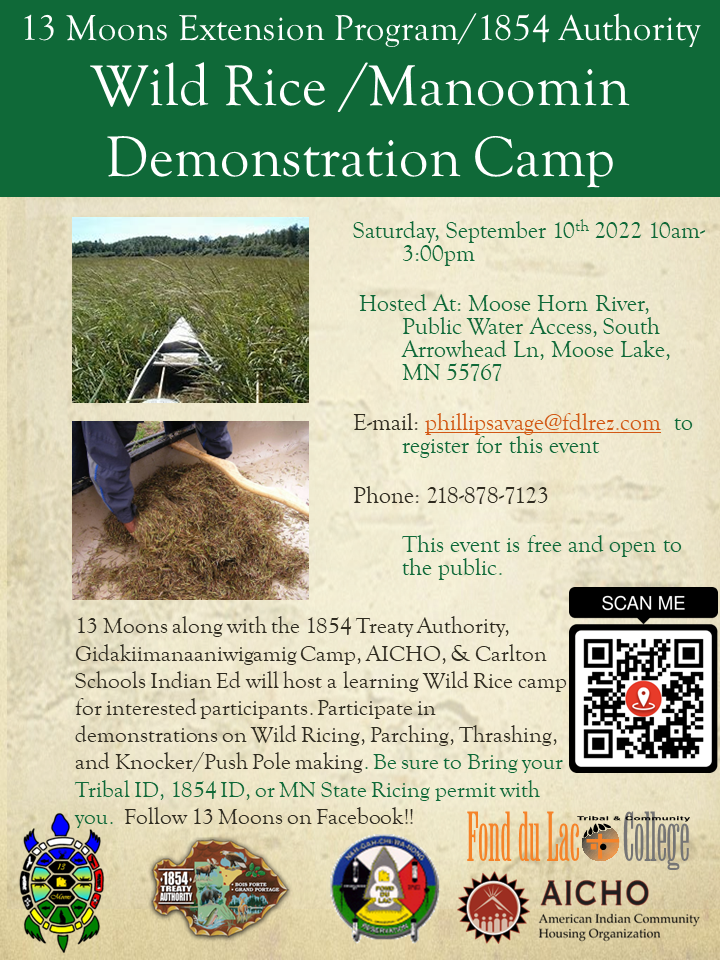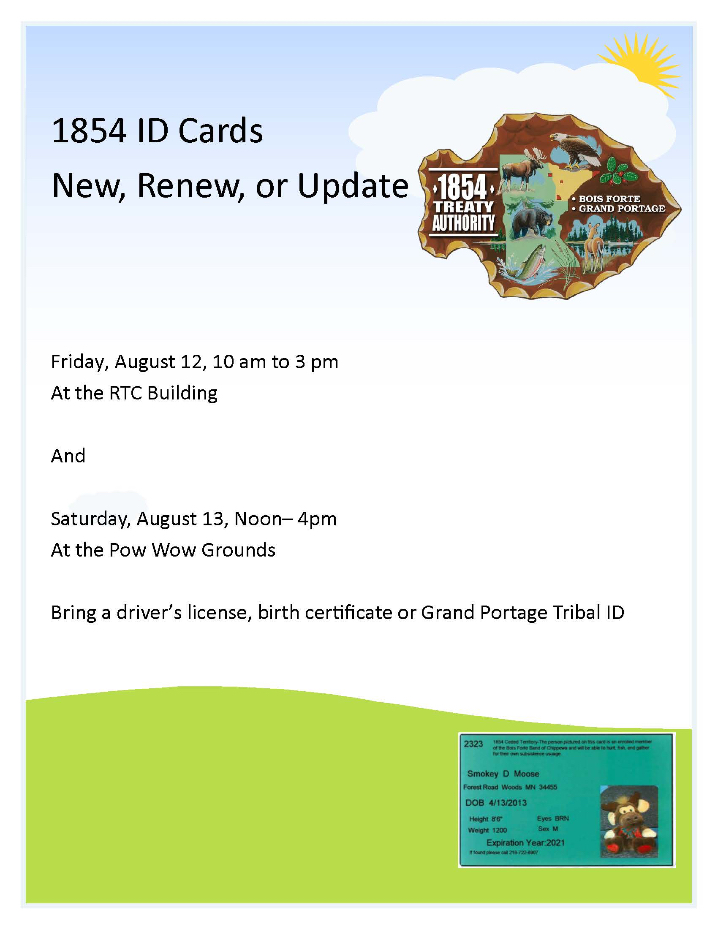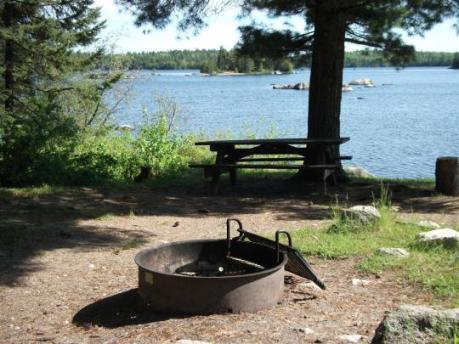by Morgan Swingen, 1854 Treaty Authority Wildlife Biologist
This spring, a strain of highly-pathogenic avian influenza (HPAI or “avian flu”) has been circulating in wild birds. As these wild birds have been migrating back north for the summer, the virus has been spreading to both wild and domestic birds.
This strain of avian flu appears to have the greatest impact on wild birds such as waterfowl (ducks, geese, swans) and raptors (eagles, hawks, owls). The Minnesota Department of Natural Resources (MN DNR) has been collecting information on observations of sick and dead wild birds, and has been testing birds in areas where the virus has not yet been confirmed. So far, the virus has been detected in wild birds in 29 counties of Minnesota. More information on avian influenza in wild birds in Minnesota, including a map of positive detections, can be found on the MN DNR’s website: https://www.dnr.state.mn.us/wildlifedisease/avian-influenza.html
Another main concern about the current strain of avian flu circulating is the impact on domestic birds such as poultry (chickens, turkeys, ducks). This strain of avian flu can quickly kill domestic birds, and is easily transmissible between birds. When a domestic bird tests positive for HPAI, the entire flock must be euthanized to prevent further spread of the disease. This is a major issue in commercial farms that produce eggs and meat from these birds. Minnesota is the number one producer of turkeys in the United States, with farms concentrated in the central and west-central parts of the state. More information on avian flu in domestic birds in Minnesota is available from the Minnesota Board of Animal Health: https://www.bah.state.mn.us/hpai/
If you see a sick or dead wild bird, you should not handle it, but should report it to the Minnesota Department of Natural Resources. People with backyard poultry flocks should do their best to keep domestic birds separate from wild birds, regularly inspect their flocks, and report any sick or dead birds to the board of animal health for testing.
The current strain of avian flu can be spread to humans from birds, but is uncommon outside of poultry farmers and is considered a low risk to the public.
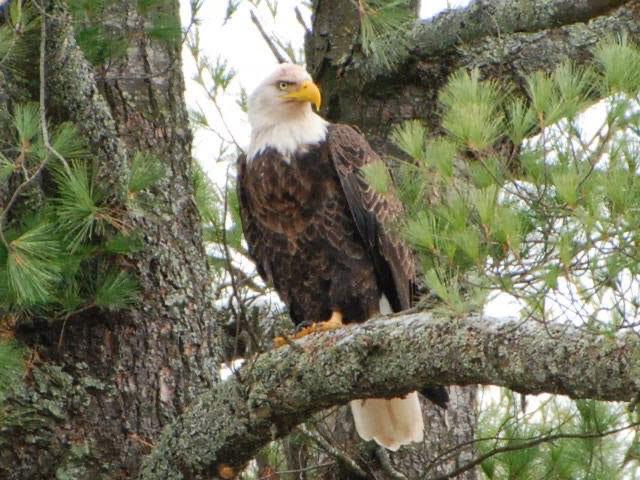
photo by Rick Anderson, 2022


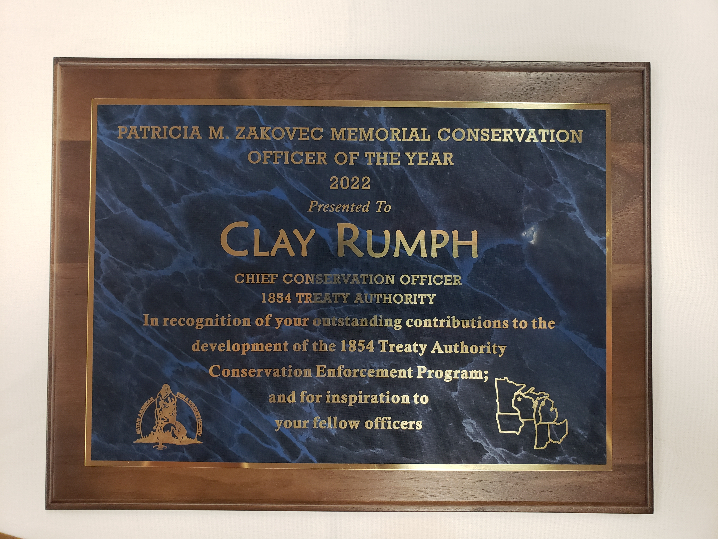
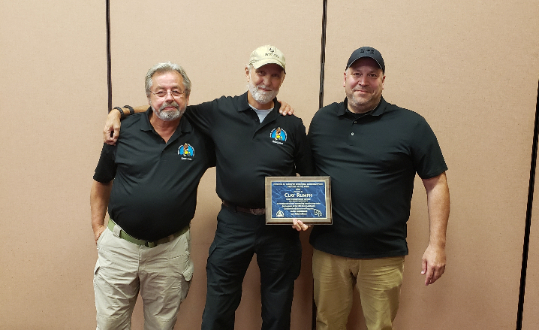



.png?i=343)
